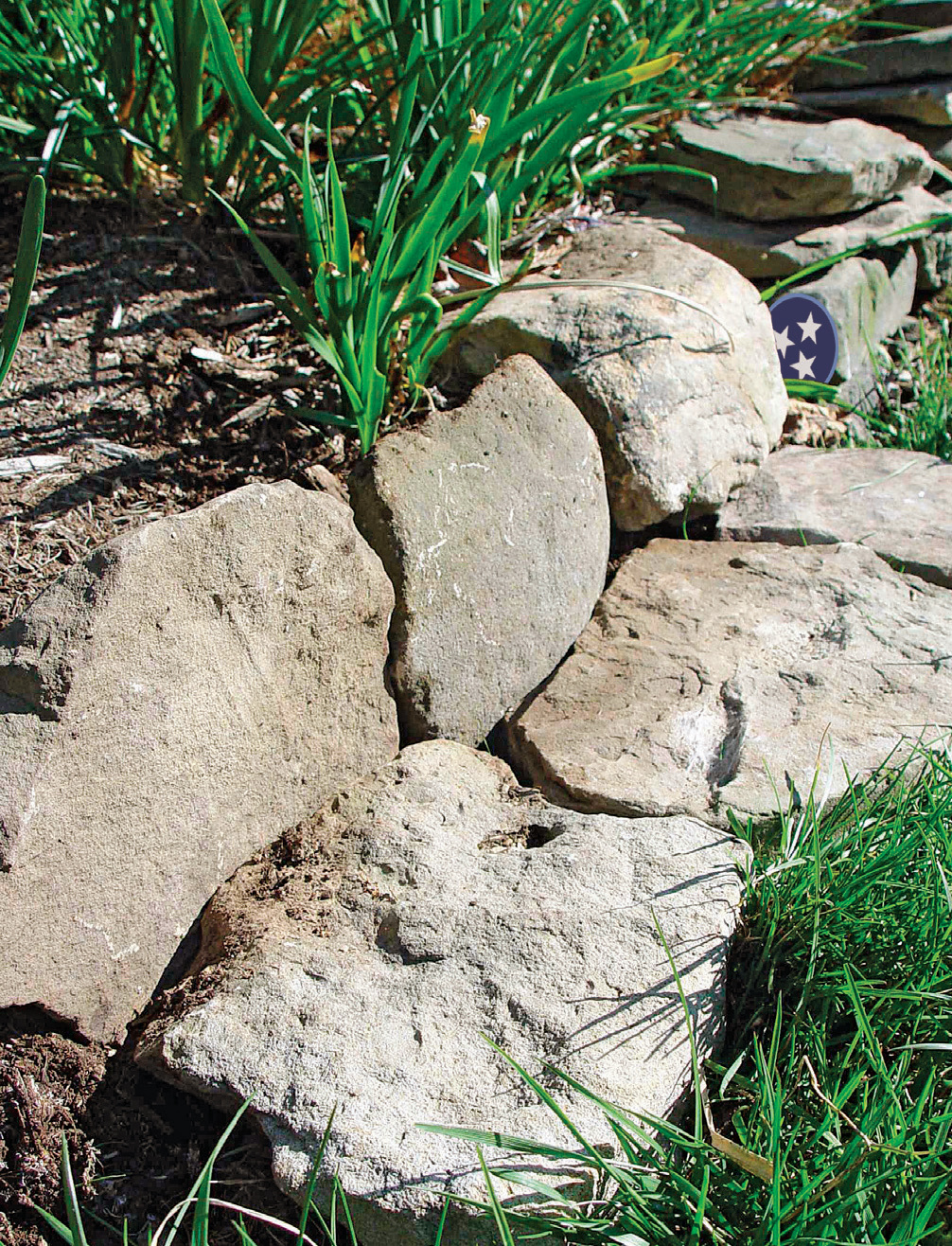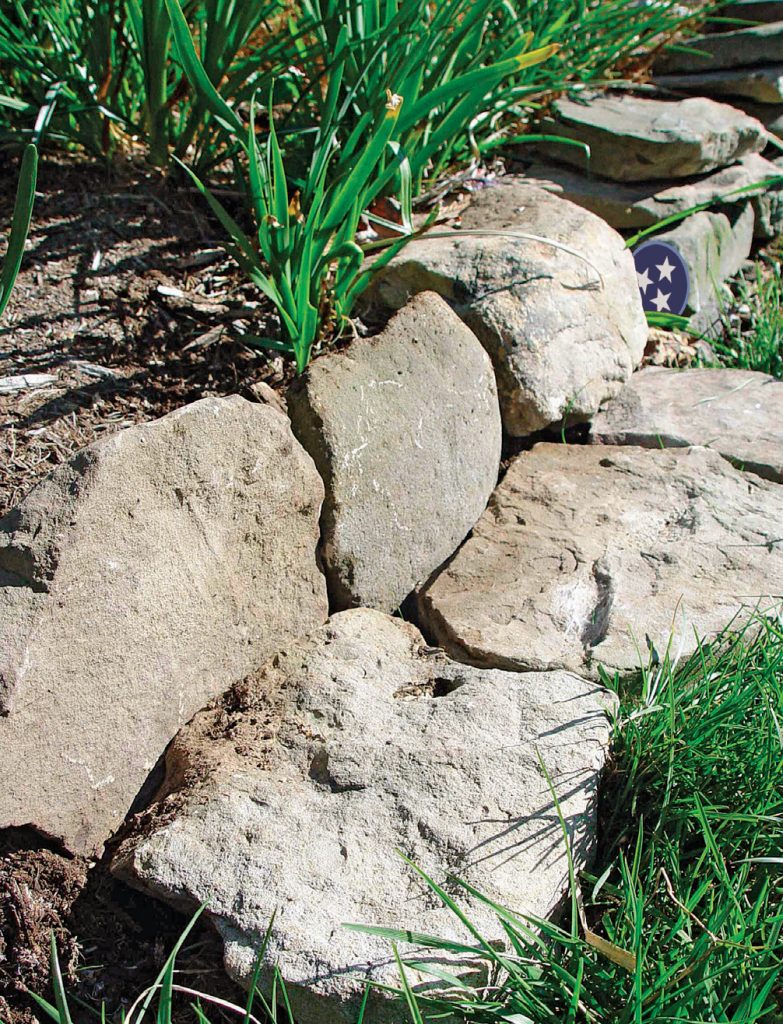Gardening doesn’t get easier as you age, as your creaky bones and sore back might remind you after that first yard-cleanup weekend of spring.
Pretty much everything involves getting down, getting up, bending over or lugging items around. AARP-aged backs don’t tolerate that as well as 30-year-old ones.
“Experienced” gardeners, though, can compensate by gardening smarter instead of harder.
By doing necessary jobs more efficiently and skipping a few unnecessary ones, it’s possible to maintain a nice yard with less stress. And that’s a good goal no matter your age.
A few general labor-savers
Pace yourself.
It’s OK to take breaks. Split jobs over several days instead of one-day marathons. You may even be able to spread work into the offseason such as clipping spent perennials or edging beds during a winter thaw.
Zone it.
Carve the landscape into zones (front, back, vegetable garden, etc.) and worry about just one of them at a time. Tackle each by priority. This breaks one mammoth job into a series of smaller, manageable ones.
Vary the work.
Don’t overdo it by repeating the same motion hour after hour. Do a little digging, a little weeding, a little watering. Variety reduces soreness, blisters and repetitive-motion injuries.
Simplify.
Walk the yard and assess which plants or gardens are causing an unacceptable amount of work. Bite the bullet and replace them with plantings that need less care.
Re-evaluate.
Can you reduce or let go of unrealistic standards? Does the lawn really have to be totally weed-free? Can the hedge grow looser instead of being tightly clipped three times a season? Is that fresh coat of mulch really needed every spring?
Get help.
Hire out the toughest jobs first. Spreading truckloads of mulch might be a good place to start.
Jobs to skip
Tilling.
You’ll probably need to till a new bed and work in compost, but after that, regular tilling is counterproductive. It stirs up weed seeds, kills earthworms and harms soil structure when wet soil is tilled.
Raking.
No need to rake every last leaf out of the yard. Leaves insulate plants over winter and feed the lawn when they’re mowed rather than raked off. Rake only if there are too many leaves on the lawn to effectively mow them.
Spraying.
Be more forgiving of temporary, cosmetic plant damage. Few bugs and diseases are plant-killers. For plants threatened by repeated potential fatal problems, consider replacing them rather than constantly rescuing them.
Mass-planting annuals.
Cut back on planting and watering annual flowers by locating them in smaller clusters. Or switch to using them just in pots, hanging baskets and window boxes.
Bulb care.
Skip braiding bulb foliage after the flowers bloom. It’s a waste of work and is counterproductive anyway. Interplant bulbs with perennials so the emerging perennial foliage will hide the decaying bulb foliage or lean toward short, small-leafed bulbs whose foliage fades away.
Weed-fighting
Prevention is the best medicine. Keep 2 to 3 inches of bark or wood mulch over beds. Or use granular weed preventers over garden beds in early spring before new weeds begin to sprout.
No openings.
Plant closely so your plants occupy all the space. Low, spreading groundcover plants are especially effective. Remember, weeds love bare soil.
Get weeds when they’re little.
You’ll save a ton of trouble by stopping weeds before they go to seed or fruit. Better to police for weeds often than to try to undo a massive invasion.
Weed when wet.
Weeds come out easier in damp soil. Hoeing is more effective in dry soil since cut-off weeds are less likely to regrow then.
Right weapons.
Switch to long-handled weeding tools if bending over is too hard on your back. Or spot-spray weeds with an herbicide or vinegar.
Watch what you plant.
Some plants become weeds by rampant reseeding (i.e., morning glory, johnny jump-ups, nigella, sweet annie, borage, snow-on-the-mountain). And some “pass-along plants” given by friends and neighbors (i.e., ribbon grass, bishop’s weed, houttuynia, lamiastrum, mints) become invaders since people tend to dig up and give away what’s getting out of control in their gardens.

Eliminate bed-edging work by laying two sets of stones — one upright and one flat.
Lightening lawn work
Cut high.
Longer but level grass still looks neat, conserves moisture and shades emerging weeds. Cutting short just encourages faster growth and more mowing.
Stop bagging.
Let grass clips lie. It saves work and cuts landfill costs, and decaying clips return nutrients to the soil. Cut often enough that clips don’t form clumps.
Fertilize less.
Do you really need four or five applications per year? Organic or “slow-release” nitrogen fertilizers give you good but slower-growth results and can be done just twice a year.
Overseed to keep the lawn thick.
Dense grass is a great defense against weeds. There’s no room for anything else.
Reduce lawn size.
In the long run, low-care beds of dwarf shrubs, perennials, compact evergreens and groundcovers are less expensive and less work than lawns. What other plant do we prune 25 times a year?
Other labor-savers
Prune when needed.
For plants already outgrowing the space you’ve given them, it’s better to prune them lightly each year than to let them overgrow for several years, then try to whack them back into submission.
Let perennials stand over winter.
It’s easier to rake off semidecayed perennial plants at winter’s end than to cut still-rigid ones in fall. Plus, birds appreciate the dried seeds and nesting material.
Eliminate edging.
Lay stone or brick around bed perimeters. Set one upright and butt a second one against it flat and level with the ground on the lawn side. This holds in mulch, keeps grass out, and lets you run the mower wheels over the flat course.
Use tools that fit.
Switch to more ergonomically designed tools that are comfortable to use. You may need to switch to power tools from people-powered ones as you age. Keep whatever tools you’re using sharp.



